Positive and negative space are important design elements in interior design that refer to the areas occupied by objects (positive space) and the empty or unoccupied areas (negative space) within a room. Utilizing both positive and negative space effectively can enhance the overall balance, harmony, and visual appeal of an interior design. Here's how to use positive and negative space in interior design:
Balancing Positive and Negative Space: Achieving a proper balance between positive and negative space is crucial. Avoid cluttering a room with too many objects, as this can make it feel overwhelming. Conversely, too much negative space may make the room look sparse and under-decorated. Strive for a harmonious balance between the two
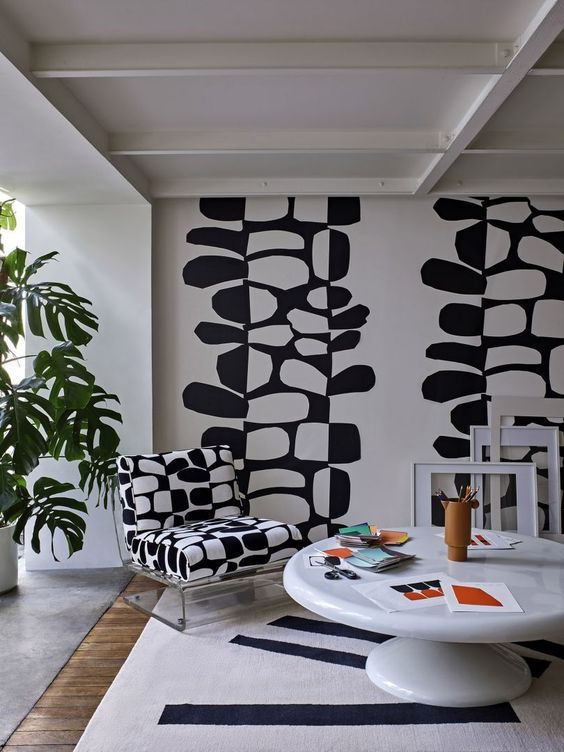
Create Visual Breathing Room: Negative space provides visual breathing room and allows the eye to rest. Use it strategically to prevent the room from feeling crowded and to draw attention to key design elements

Emphasize Focal Points: Negative space can be used to highlight and draw attention to focal points or key design features in a room. For example, leaving a large empty wall around a piece of artwork or a statement furniture piece can make it stand out more
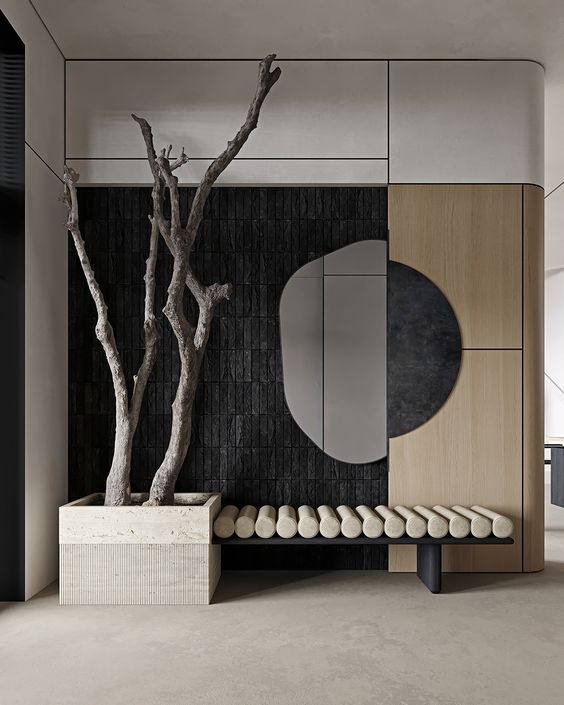
Simplify the Design: Negative space can help create a sense of simplicity and elegance in a room. It promotes a minimalist aesthetic and can be particularly effective in modern or contemporary interior designs
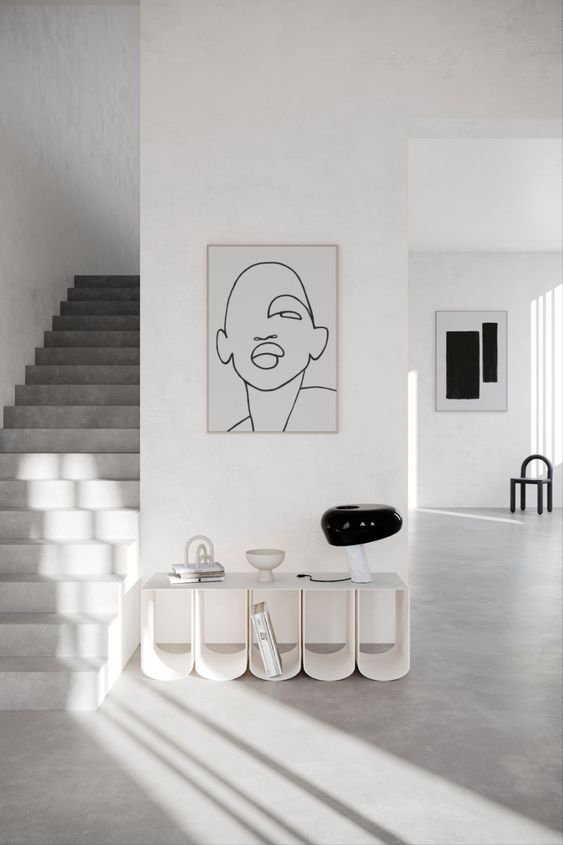
Incorporate Open Floor Plans: Open floor plans benefit from the use of negative space as it allows for seamless transitions between different living areas without creating visual barriers

Grouping Objects: When arranging decorative objects or accessories, consider grouping them together to create pockets of positive space amidst negative space. This can make the arrangement more visually appealing
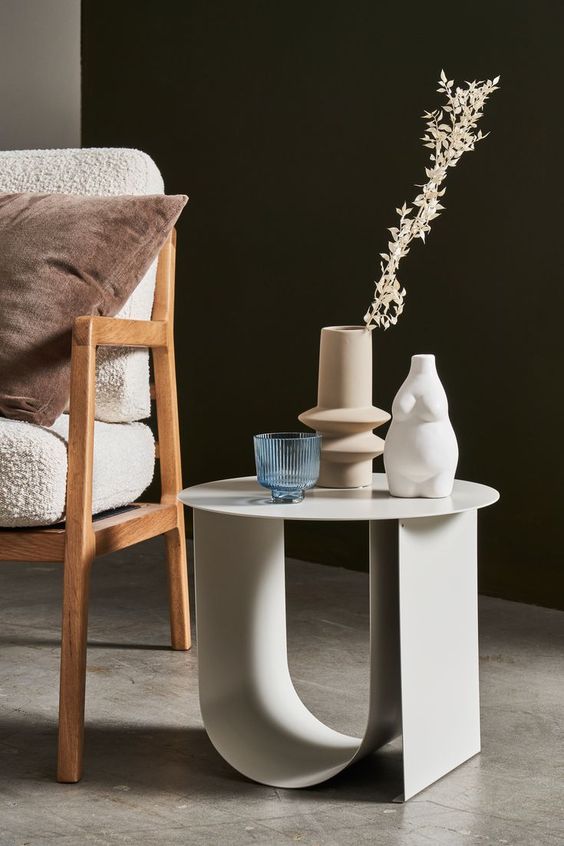
Consider Furniture Placement: Think about the negative space around furniture pieces. Allow enough space between items to create a sense of flow and ease of movement
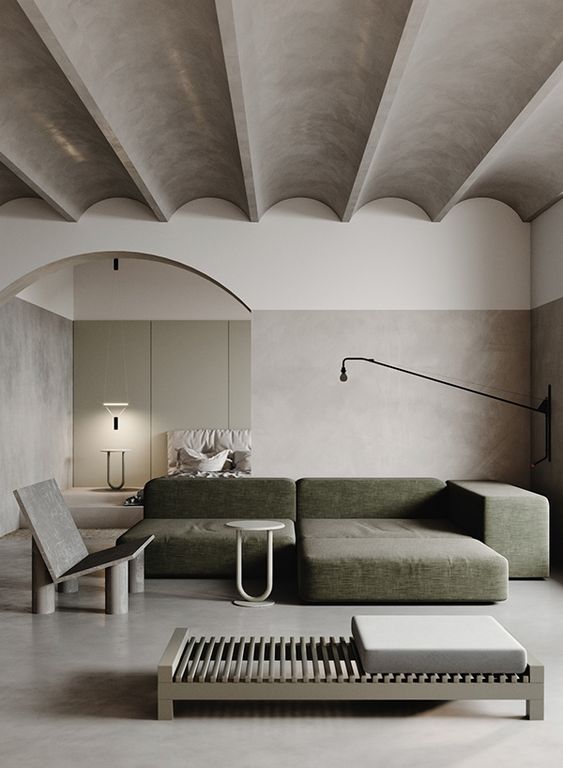
Use Negative Space to Create Balance: Negative space can be used strategically to balance the visual weight of larger objects or furniture in a room. It can help prevent one side of the room from feeling heavier than the other

Employ Lighting Thoughtfully: Negative space around lighting fixtures, such as pendant lights or chandeliers, can enhance their impact and prevent them from feeling crowded or overwhelming
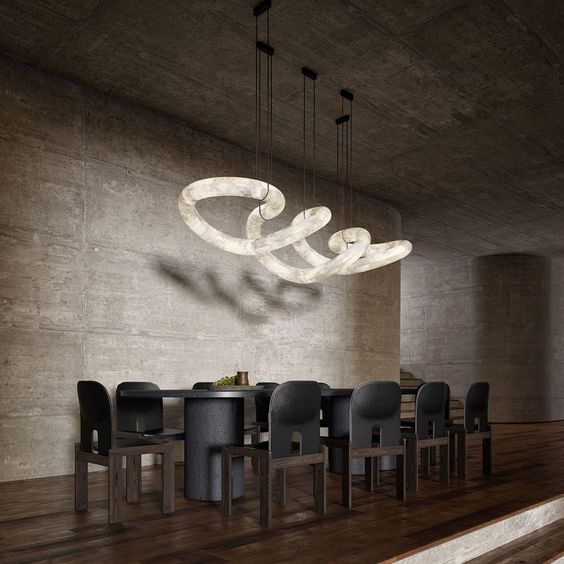
Play with Shapes: Both positive and negative space come in different shapes and sizes. Experiment with unique shapes and arrangements to create visually intriguing and dynamic designs
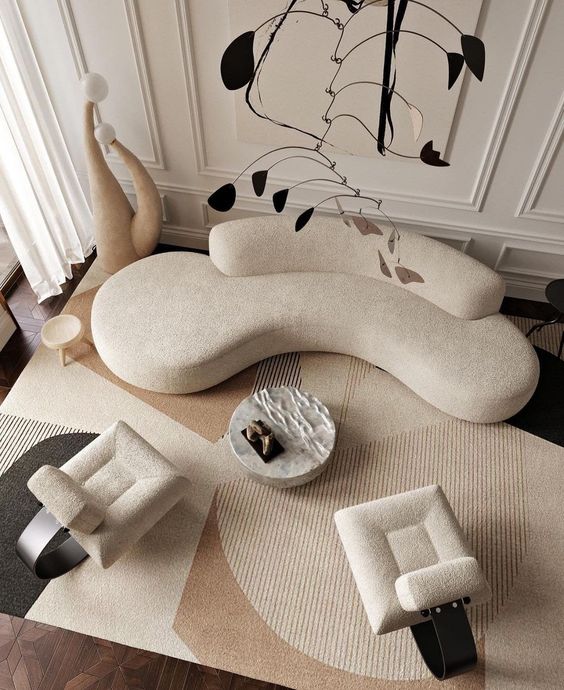
Highlight Architectural Features: Use negative space to accentuate architectural features, such as arches, windows, or alcoves, making them more prominent in the overall design

Remember that positive and negative space work together to create a holistic design. By carefully considering the use of both elements, you can create visually engaging and well-balanced interior spaces.










